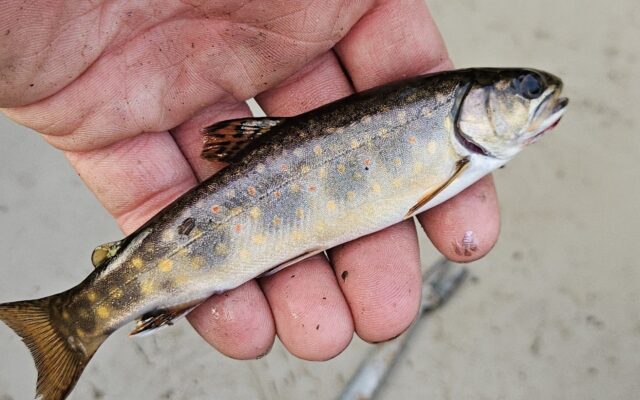
What are Maine’s heritage fish waters?
By Susan Bard, Bangor Daily News Outdoors Editor
Perhaps you read V. Paul Reynolds’ recent column supporting why it’s ethical to eat native brook trout in Maine.
In this column, he mentioned the State Heritage Fish Waters. While there are 585 of them — they remain relatively unknown to many anglers.
These waters represent the largest wild brook trout initiative in the nation, providing legal protection for lakes and ponds in Maine that contain self-sustaining populations of native brook trout and Arctic charr.
The initiative was sparked by the Sportsman’s Alliance of Maine and resulted in a law protecting waters of never-stocked brook trout lakes and ponds. It was amended in 2007 to include Arctic charr. Seven years later, lakes and ponds that had not been stocked in 25 years or more were included in the designation.
These Heritage Fish Waters exclude streams and rivers, and restrictions include a prohibition on the use or possession of live fish as bait.
This citizen-driven legislative action has played a critical role in the conservation of these species. The goal of the designation is to make anglers aware of the location of these waters, their status, and the laws in place to protect them.
These waters are located primarily in the interior highlands of Maine, where cooler temperatures provide ideal conditions for brook trout and charr populations.There is also less competition with non-native and warm-water species.
Because Maine is renowned for its wild native brook trout and charr populations, this law is a testament to conserving wild native fisheries for future generations, while ensuring genetic integrity. Regulations range from general law limits to catch-and-release only.
A list of these protected waters is available here.